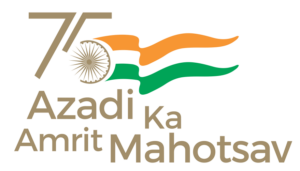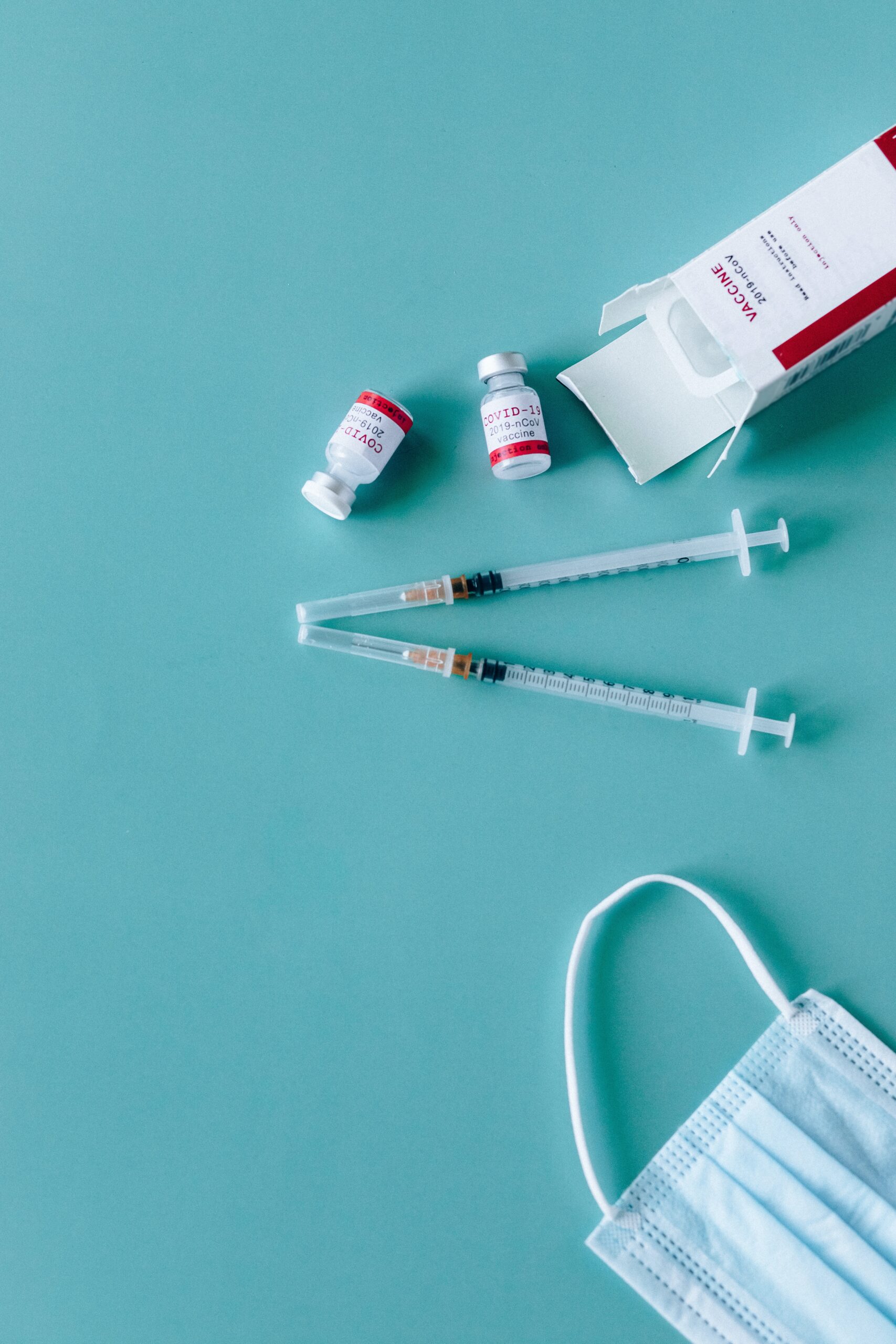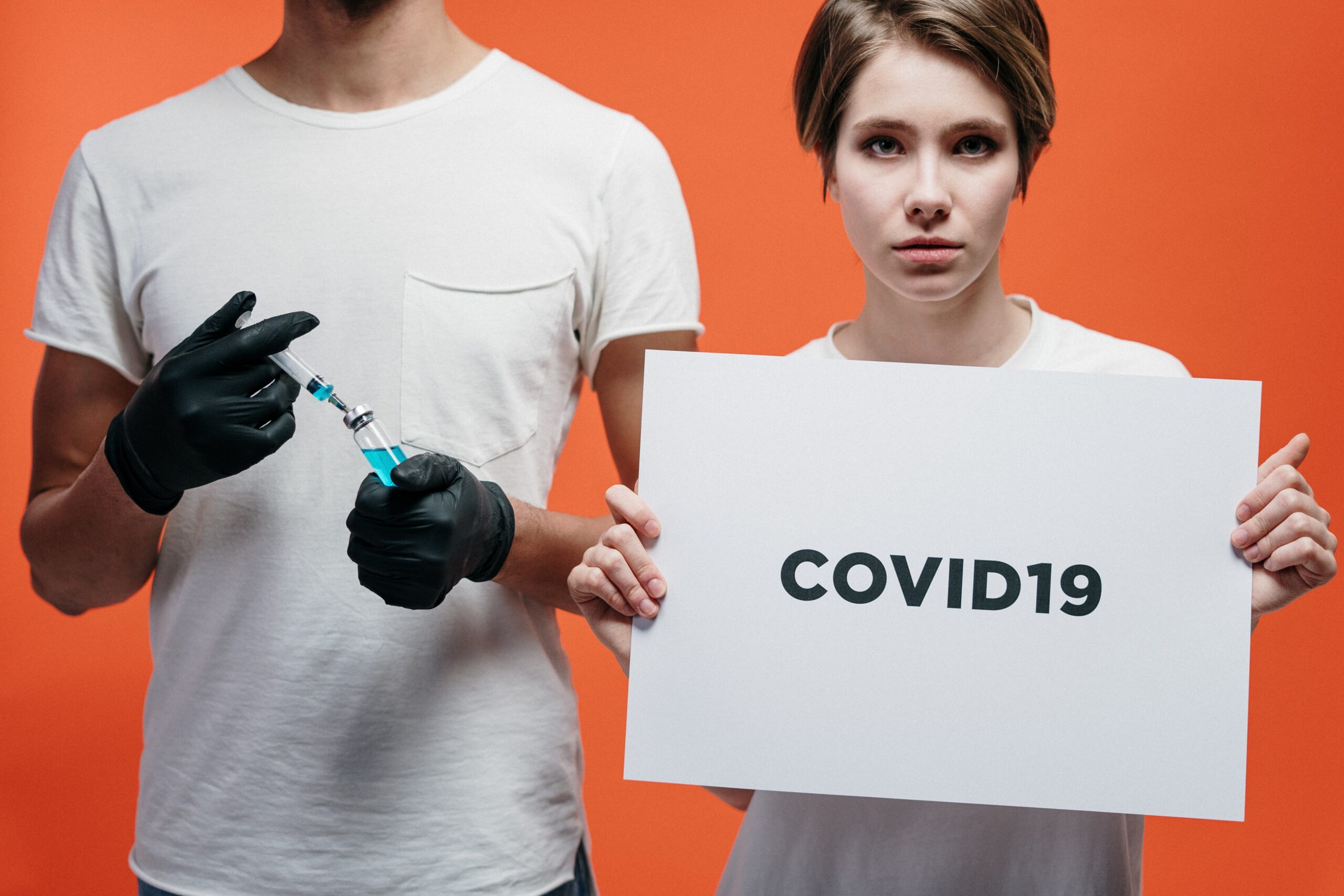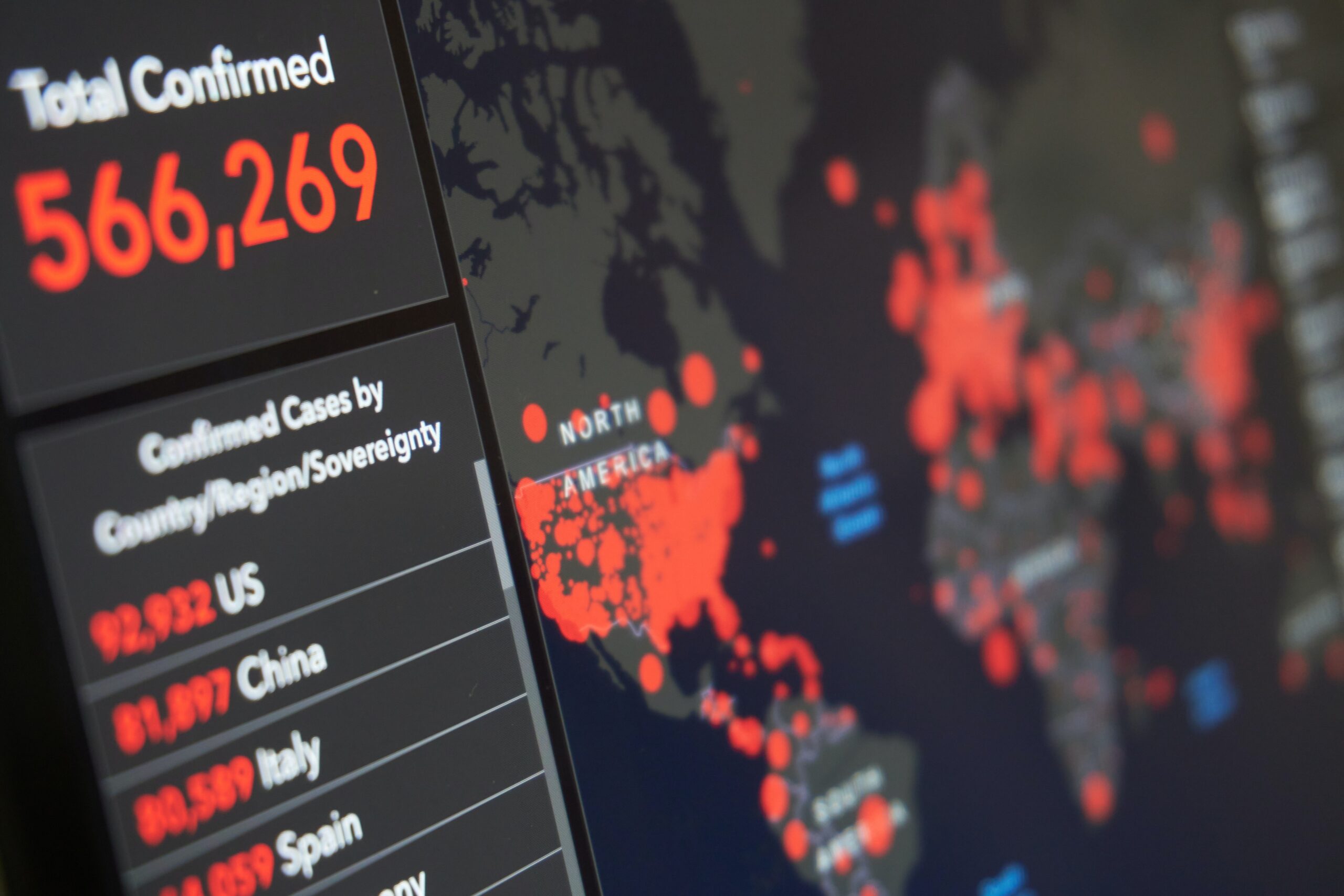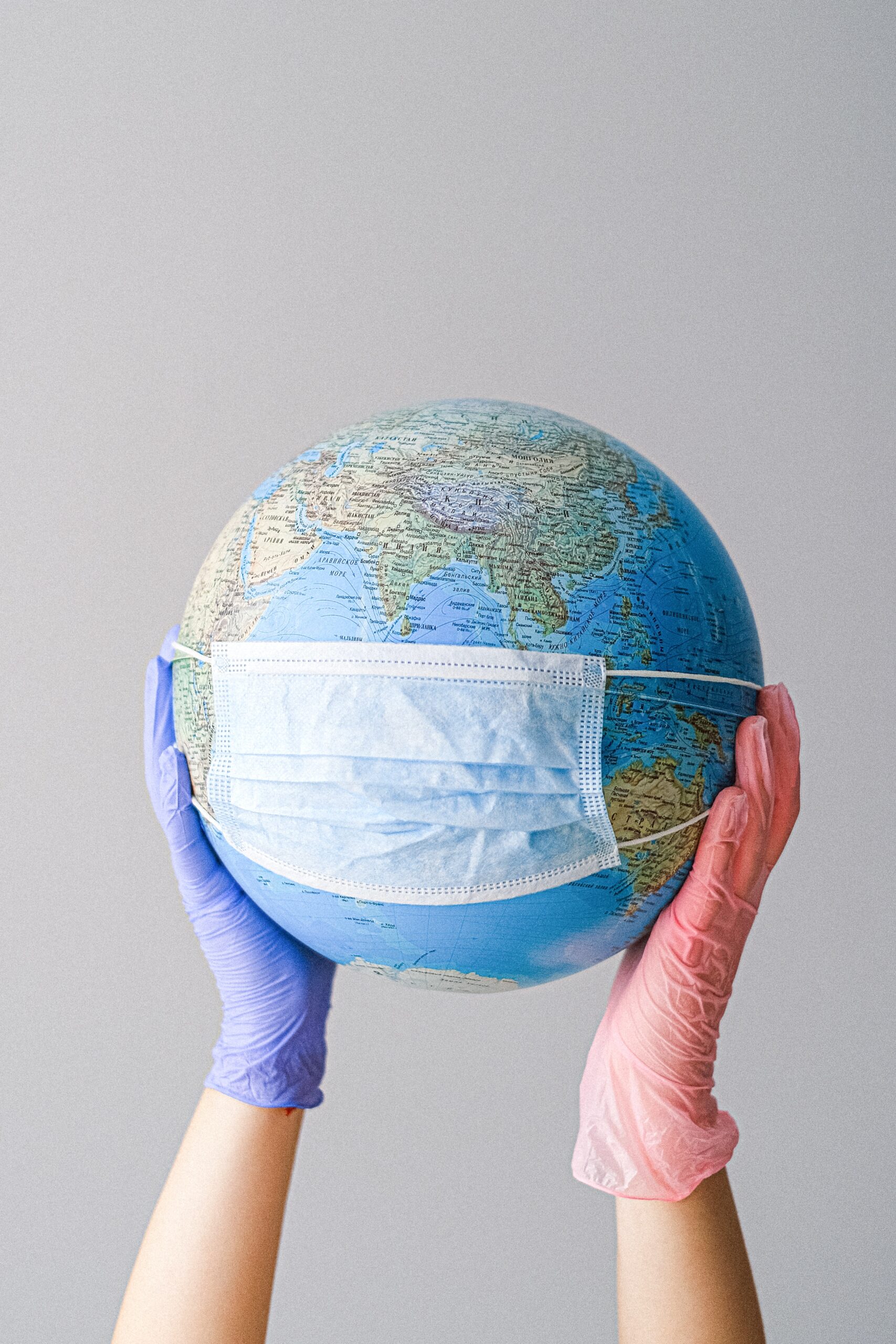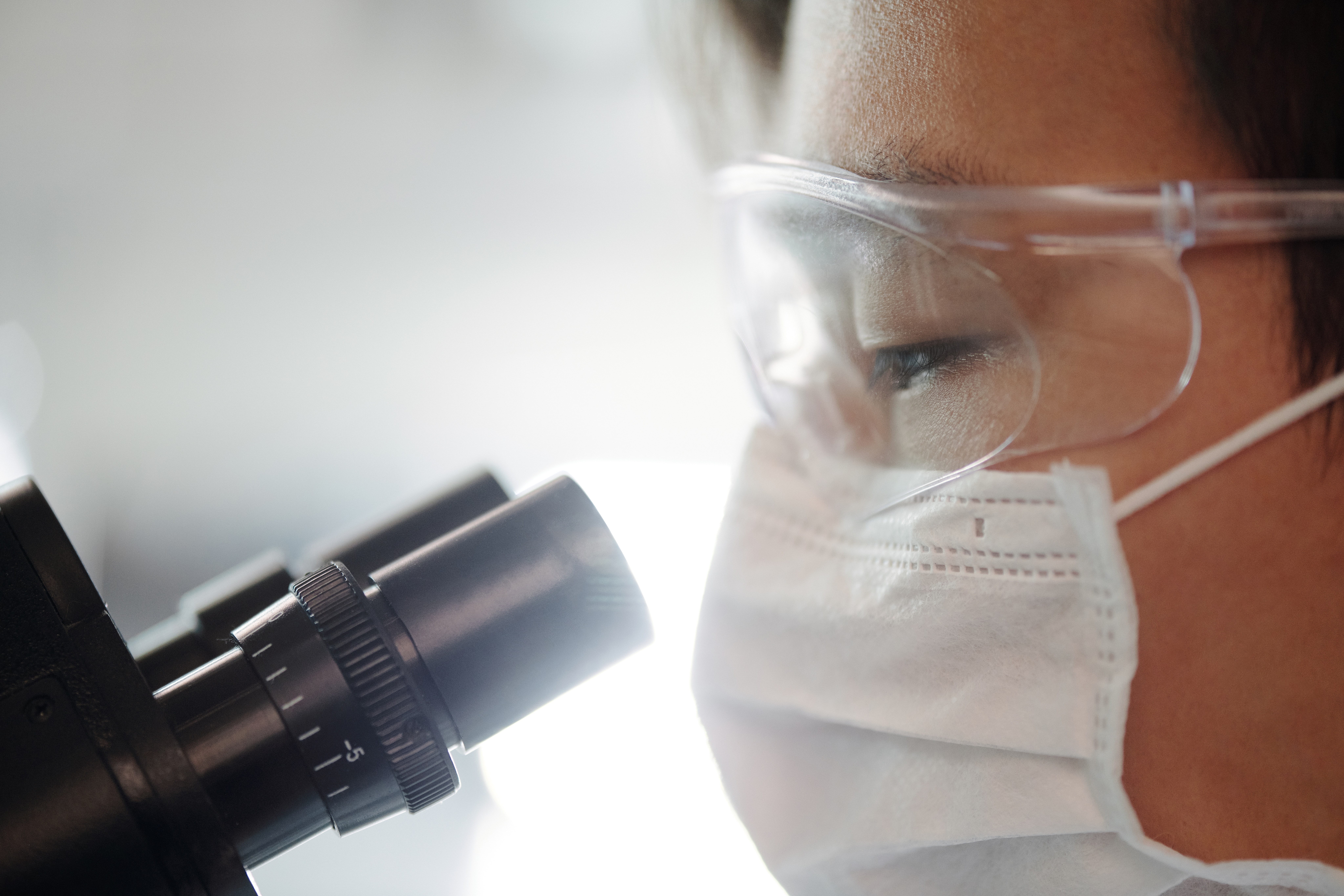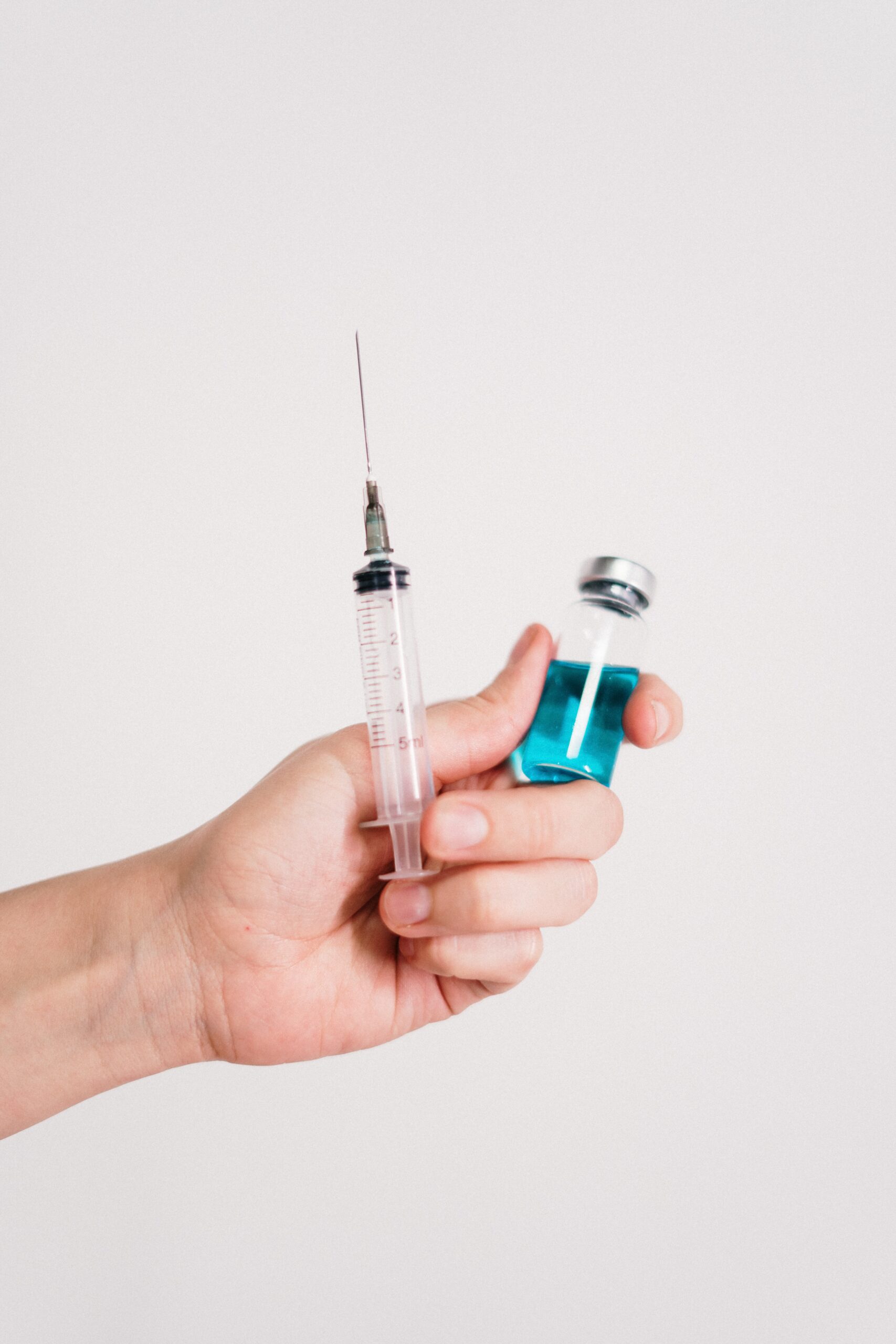The global vaccine replication crisis has led to significant differences in the availability of COVID-19 vaccines around the world. The problem of global vaccine gaps has become a global urgency, highlighting the significant disparity in access to COVID-19 vaccines across countries and regions. Across the globe, nations are grappling with disparate outcomes when it comes to their citizens being vaccinated against COVID-19: there are countries where things appear well underway whereas other areas still face marked challenges in acquiring adequate amounts of vaccine doses. This dichotomy carries serious knock-on effects touching upon everyone’s well-being as well as spurring social discordance and impeding economic stability worldwide. In light of these concerns which affect us all, we’ll use this piece to contextualize the imbalances at play, diagnose the root causes and suggest measures for global cooperation towards achieving equal vaccine distribution in all countries.
Supply Inequality and Health Disparities:
The uneven distribution of COVID-19 drugs has exacerbated existing health disparities. Low-income countries have received a large portion of available vaccines, putting low-income countries at a disadvantage. This disparity puts vulnerable populations at greater risk, prolongs the pandemic, and hinders global vaccine efforts.
Economic and Social Consequences:
Global vaccine heterogeneity has far-reaching economic and social consequences. Economies that rely heavily on tourism and international travel, such as developing countries, face long-term economic slowdown as travel restrictions continue in addition to the disproportionate impact on marginalized communities so perpetuates existing social inequalities, impeding progress towards sustainable development goals. Addressing vaccine disparities is not only a public health issue, but also critical to global economic stability and social stability.
Global Unity and Solidarity:
Addressing the vaccine gap problem requires international cooperation and cooperation. Efforts such as the Kovacs Initiative aim to facilitate the fair and equitable distribution of vaccines, especially for low-income countries. Wealthy countries should increase their commitment to share vaccine volumes, support vaccine production capacity in developing countries, and finance support for vaccination programs. Furthermore, intellectual property rights relating to vaccines should be temporarily suspended to facilitate technology transfer and increase global production capacity.
Long Term Rehabilitation and Health Protection:
The vaccine gap crisis highlights the need for long-term preparedness and investment in global health and safety. Strengthening health systems, capacities for vaccines in developing countries and early warning systems for future pandemics are important steps that should be taken by international organizations collaborate with governments to build resilient health care systems and ensure adequate funding and resources are allocated to promote vaccination and essentially equitable medical supplies.
Conclusion:
Deep-seated inequalities embedded within global healthcare systems have been exposed by inconsistencies in vaccine distribution during this pandemic era. This serious challenge affects public health systems globally while also impacting economies and societies at large adversely . Urgent steps are called for that require immediate attention through active involvement by people both nationally and internationally; these steps must aim at ensuring fair delivery mechanisms in terms of vaccines available globally. It is only through a collective commitment among governments, organizations as well as communities at large towards promoting extensive international cooperation leading towards a comprehensive vaccination coverage will progress be made towards attaining equitable benefits from long-term investment into public health.

